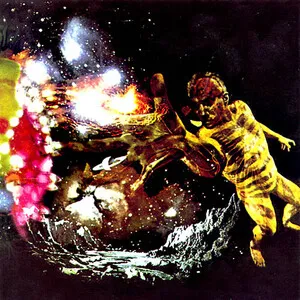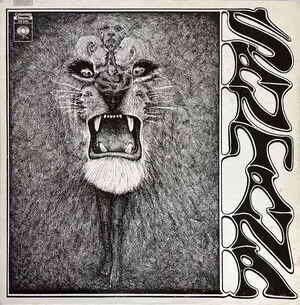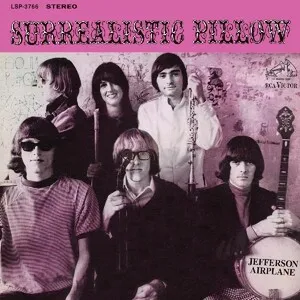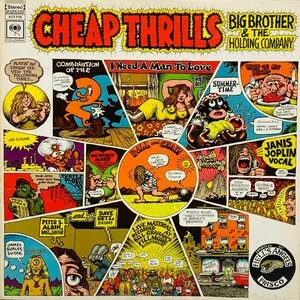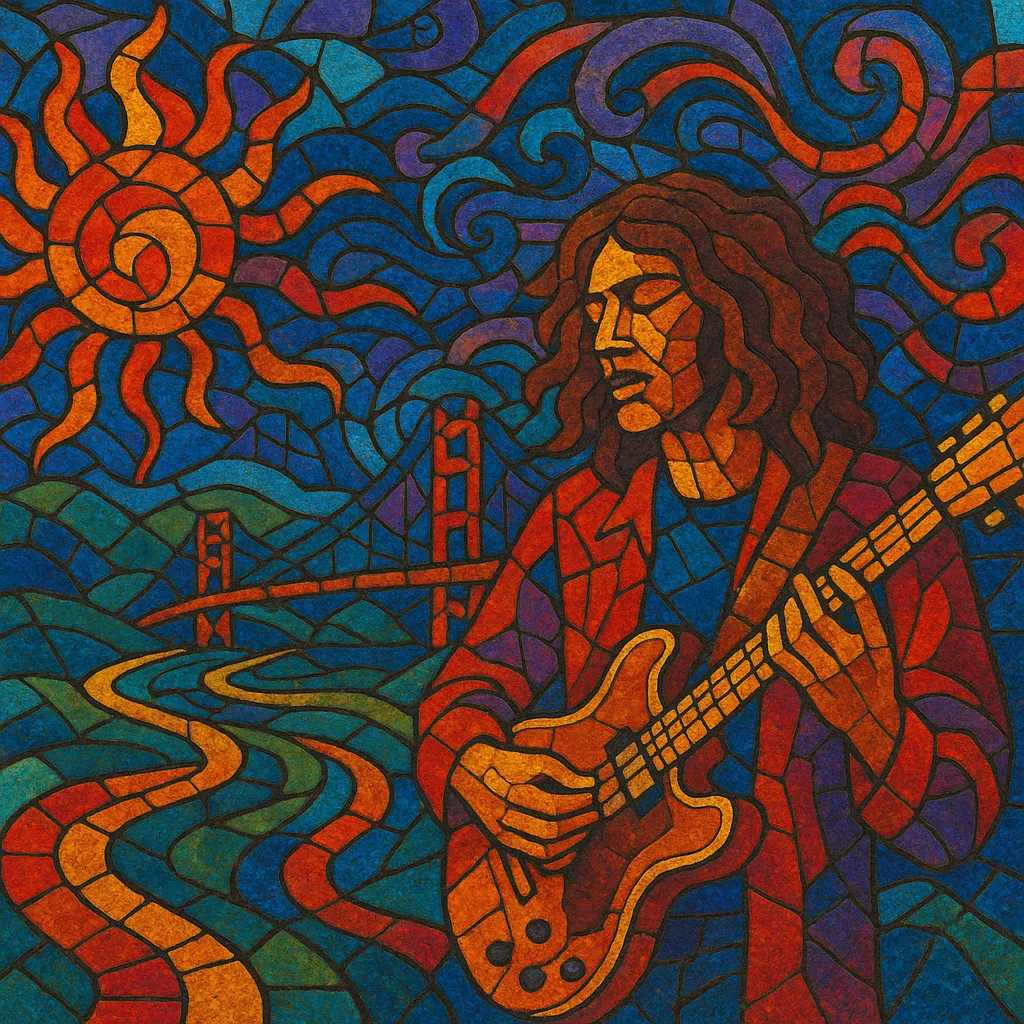
The San Francisco Sound refers to the distinctive, improvisation-heavy psychedelic rock that emerged from the San Francisco Bay Area—especially Haight-Ashbury—during the mid-to-late 1960s.
It is characterized by long, modal jams; a live-first ethos; prominent use of electric guitars with feedback and distortion; fluid, conversational improvisation among players; and a communal, countercultural sensibility. Bands frequently blended blues, folk, country, R&B, jazz, and raga influences, often incorporating droning textures, extended solos, and striking dynamic arcs.
The scene was as much about place and community as sound: Bill Graham’s Fillmore, the Avalon Ballroom, light shows, the Acid Tests, underground FM radio, and Owsley Stanley’s high-fidelity sound systems all helped forge a large-room, enveloping live aesthetic that came to define the movement.
San Francisco’s folk clubs and blues bars cross-pollinated with the city’s burgeoning counterculture, producing bands that stretched folk-rock and R&B into exploratory, psych-inflected forms. Early catalysts included the Trips Festival and Ken Kesey’s Acid Tests (1966), where extended improvisation, LSD-era experimentation, and multimedia light shows converged.
Venues like the Fillmore Auditorium (Bill Graham) and the Avalon Ballroom (Chet Helms/Family Dog) fostered a big-room, hi-fidelity live sound. KMPX/KSAN underground FM radio amplified the movement. Monterey Pop (1967) and the Summer of Love propelled local bands—Jefferson Airplane, Big Brother & the Holding Company (with Janis Joplin), the Grateful Dead, Quicksilver Messenger Service, Moby Grape, Country Joe and the Fish—onto the national stage.
The San Francisco Sound emphasized modal vamps (often Dorian or Mixolydian), drone textures, loose-but-listening ensemble interplay, and long-form improvisation rooted in blues, folk, raga, and jazz. Owsley Stanley’s innovations in amplification and live recording helped create a warm, enveloping, high-volume mix where vocals, guitars, and organ swirled amid feedback and reverb.
As the scene matured, some groups leaned toward country-rock, jazz-rock fusion, and expansive live recording (e.g., the Grateful Dead’s Live/Dead). Santana’s Latin-psych blend extended the city’s eclecticism into Woodstock and beyond. By the early 1970s, the Haight-Ashbury hub dissolved, but its jam-first values persisted in arena rock, jam bands, and later neo-psychedelia.
The San Francisco Sound shaped the template for improvisational rock, the jam band ethos, and a venue-centric, audiophile live culture. Its modal harmony, extended forms, and communal spirit continue to inform space rock, neo-psychedelia, and the Paisley Underground, as well as the broader language of progressive and alternative rock.


